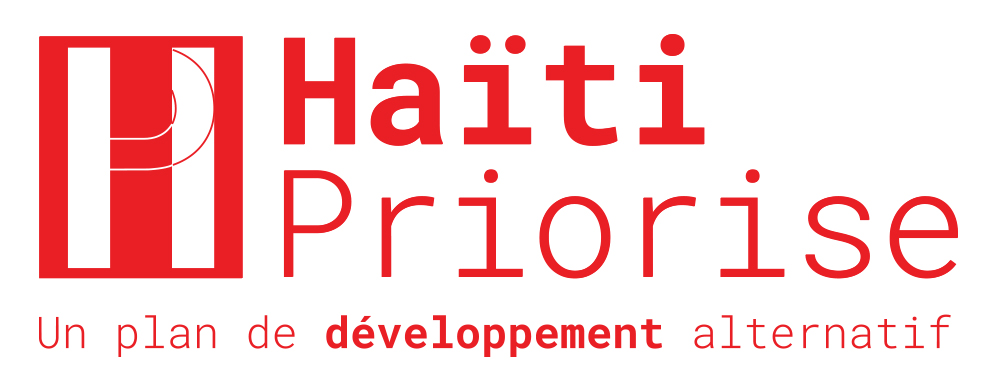Haïti Priorise: Electricity Reform, Belt Kashi
Based on the research, the Eminent Panel ranked this intervention the highest priority for Haiti. Juan Belt (Lead Author), Bahman Kashi, Nicolas Allien, and Jay Mackinnon of Limestone Analytics said:
Drawing lessons from reforms carried in the Kabul Electricity Service Improvement Program and the authors’ experience in working with the electricity sector in Haiti, we suggest a two-phase approach for the reform of the public utility, EDH. First implementing changes in the institutional and regulatory framework of the power sector, corporatizing and reforming of the governance structures of the 10 units of EDH, and establishing cost-reflective tariffs; and second, conditional on the success of the first phase, providing technical advisory and limited investment funds (CAPEX) for continued improvement in service delivery and financial efficiency.
Taking a conservative approach, for the economic analysis from the point of view of society we only measured the cost savings from reduction in technical losses as the benefit. Even then the project can easily recover its costs in multiples. The project can eliminate the need for $200 million in annual subsidies, which will unlock the potential for an array of investments in additional generation, distribution, and transmission capacity, leading to benefits for the entire country."
The Problem
Haiti has the least developed power system in the Western Hemisphere. This is due in part to a weak institutional framework, where several actors interact in an unclear regulatory framework with a lack of strategic coordination and leadership.
The Ministry of Public Works Transportation and Communication is the lead government agency in charge of the energy sector, as there is no dedicated Ministry of Energy. Decrees reorganizing the power sector published in January 2016 have called for the creation of a regulatory agency, however, these decrees have yet to be enforced.
The electric utility, Electricité d’Haïti (EDH) runs more than 10 separate, unconnected distribution networks that have average technical, commercial, and collection losses of 70 %. These grids have daily blackouts that have forced most businesses and many households to install generators on their premises as a means of coping.
Many observers consider the lack of power one of the most significant constraints to economic growth. Efforts have been made by multiple donors to improve the power system, but these attempts have been largely unsuccessful. Lack of success is the result of a failure to reform EDH, which in turn is a result of lack of political will and alleged corruption.
The Solution
The intervention would include:
- Interventions to improve the legal regulatory framework. These would be in support of the ministry in charge of energy and a regulator that eventually will become autonomous and accountable. These interventions will initially support the corporatization of EDH and establish the basis for management contracts, leases, concessions and privatization of the different units of EDH.
- Interventions to improve the efficiency of EDH. These interventions will support the different units of EDH with technical assistance and equipment, mostly meters. It is envisaged that the different units will be managed through management contracts with incentives for performances, leases, concessions, and that the Jacmel utility would be privatized.
The reforms proposed are heavily inspired by the Kabul Electricity Service Improvement Program (KESIP) implemented by USAID in Afghanistan
Benefits, Costs and BCR
- Interventions to improve the legal regulatory framework. These would be in support of the ministry in charge of energy and a regulator that eventually will become autonomous and accountable. These interventions will initially support the corporatization of EDH and establish the basis for management contracts, leases, concessions and privatization of the different units of EDH.
- Interventions to improve the efficiency of EDH. These interventions will support the different units of EDH with technical assistance and equipment, mostly meters.
Costs
Costs have been estimated based on a USAID similar program, indicating the following costs, in US$ millions:

Benefits
The estimation of economic benefits is based on a projected reduction in technical losses that would result from improved management and investment in equipment, mainly meters.
The main benefits of the project are a reduction in losses. Average Technical, Commercial and Collection losses (ATC&C) can be divided into technical and non-technical. A reduction in technical losses is clearly an economic benefit. In the case of Haiti where there is excess demand for power, a reduction in losses would increase power available to consumers by, among other things, reducing the length and duration of blackouts.
The entire reduction in ATC&C losses is a financial benefit for EDH. While a reduction in Commercial and Collection losses would likely result in a reduction of consumption by those users who would start paying for power, it is assumed that revenue will not decline because there is significant unfulfilled demand in Haiti
Expected Reduction in Losses

The interventions proposed would have a systemic effect in the entire country by reducing a key constraint to economic growth. Direct beneficiaries would include present customers of EDH, who will have access to higher quality power and would suffer less unscheduled blackouts. As the EDH units are strengthened, additional customers would be served. The government of Haiti would also benefit from a decreased need to subsidize EDH. The utility currently receives a $ 200 million USD subsidy annually, a sum which amounts to 10 % of annual government budget expenditures.
Summary Table of the Expected Financial BCR Includes Reduction in Commercial Losses as a Benefit, not a Transfer


